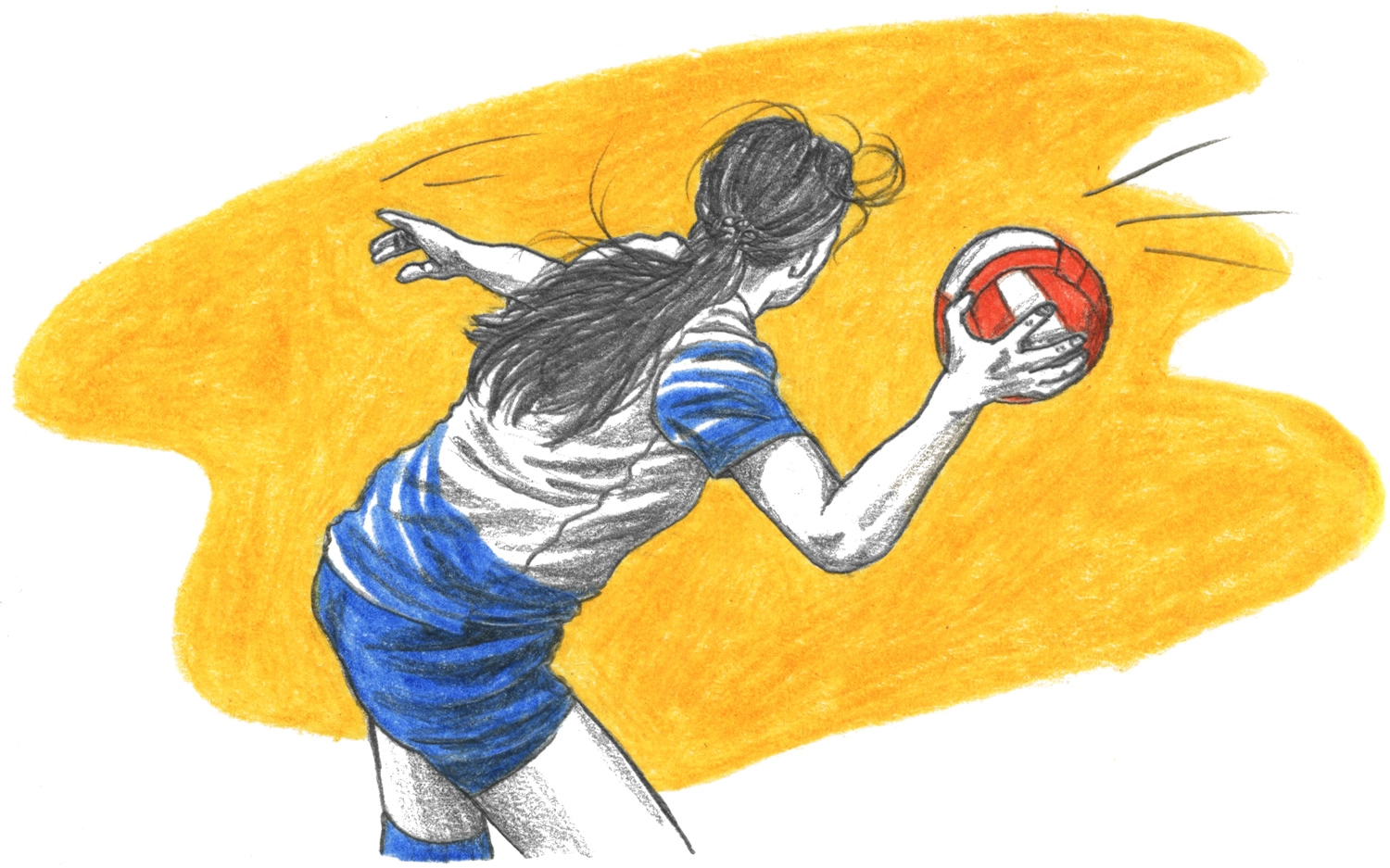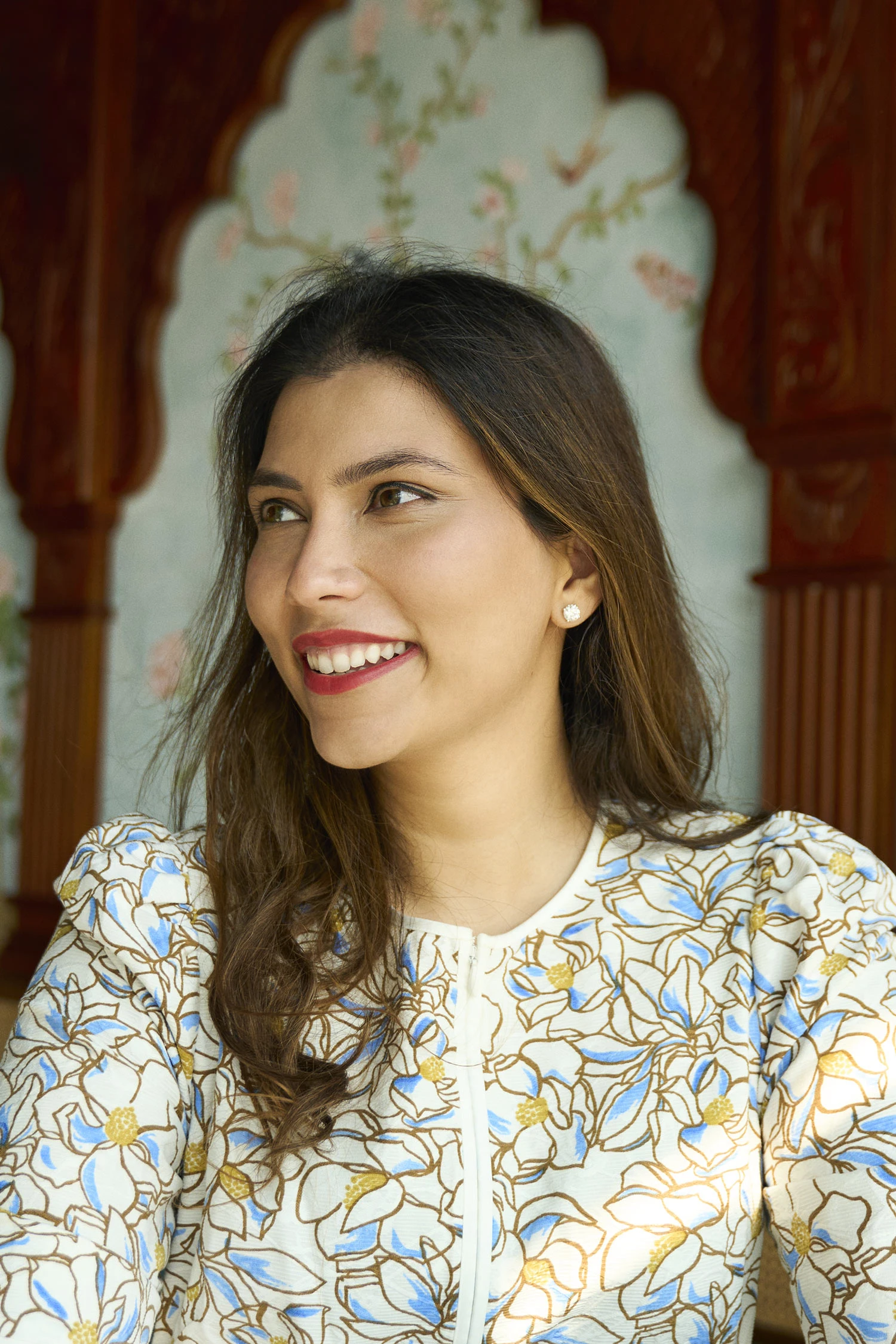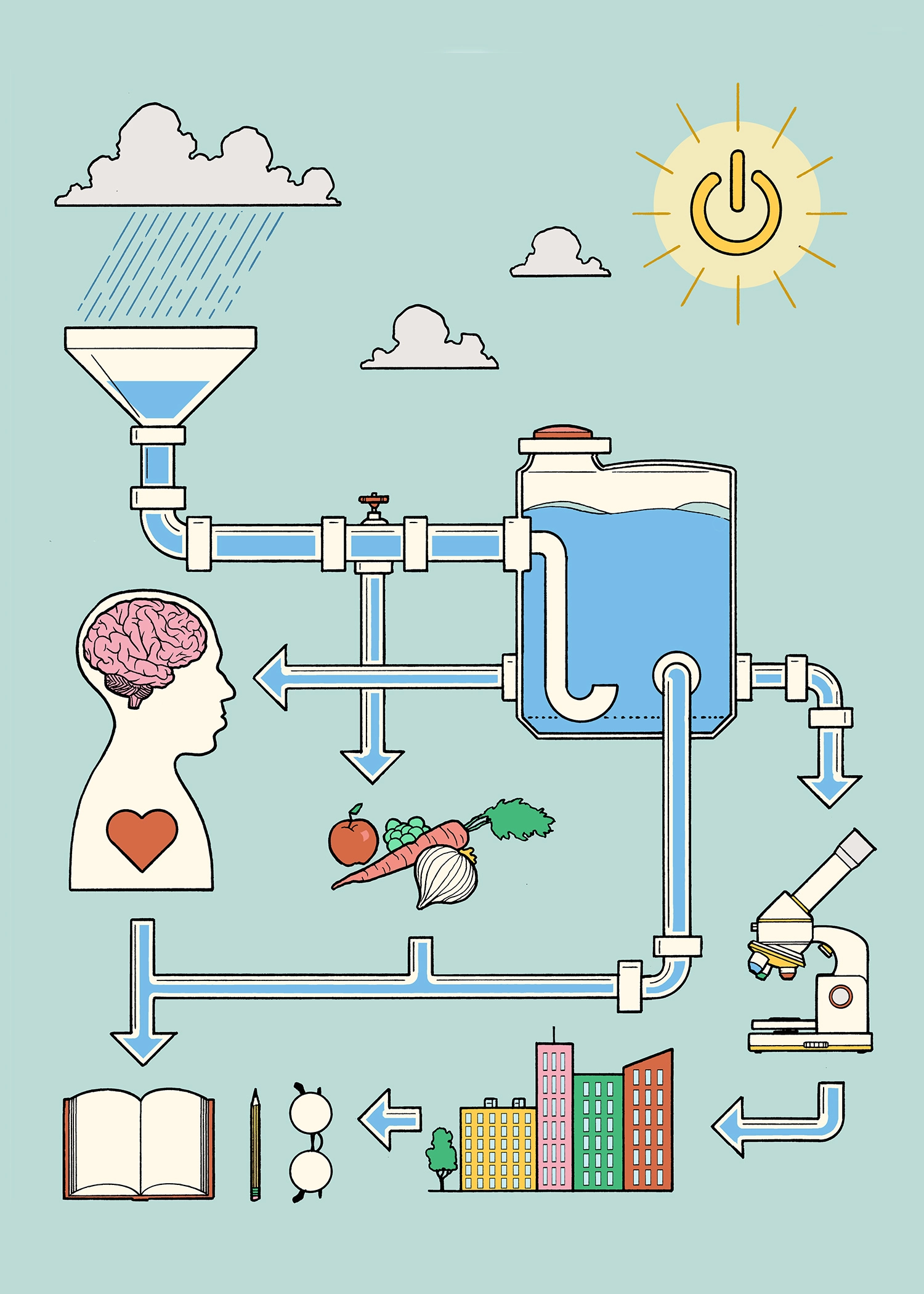Tilo Kunath
Ask Tilo Kunath about any of the more exciting topics in life sciences – from cloning to cell regeneration to the human genome – and you’ll get a clear, informed and, occasionally, opinionated answer.
Kunath, 29, is studying for a doctorate in medical and molecular genetics at the University of Toronto. The recipient of a prestigious Medical Research Council Fellowship, he logs in long hours at the Samuel Lunenfeld Research Institute at Toronto’s Mount Sinai Hospital. There, he is involved in research into placental stem cells.
Once he and his fellow researchers understand how these placental stem cells develop, and how genes turn them on and off, they can work to manipulate the cells to regenerate and grow. Ultimately, this could benefit pregnant women prone to miscarriage, where the placenta is shallow and doesn’t have a good connection to the uterus. “The cell line we are developing will contribute strictly to the placenta and not to the fetus,” says Kunath, who has ethical concerns about the prospect of human cloning. “A lot of fetuses would die just to get one successful clone.”
When Kunath isn’t manipulating stem cells, he is working with the environmental group Waste Watchers in Toronto.
Naana Jumah
Naana Afua Jumah sits sipping tea in the Newman Centre’s coffee shop. She’s trying to soothe a cough and sore throat that are plaguing her, but not slowing her down. In fact, you might wonder if she ever slows down; otherwise, how could she have racked up such an impressive list of achievements at the age of 23?
Jumah, a brand new graduate of chemical engineering, learned last December that she was one of 11 Canadians to be awarded a prestigious Rhodes scholarship for 2001. “I thought I was a good candidate,” she says, “but I never assumed I was going to get it.” Jumah is interested in the field of biomedical engineering, but is also considering a future career in medicine. “Although I love research, medicine would give me that human element,” she says.
As an undergrad, she was president of U of T’s student chapter of the Canadian Society of Chemical Engineers and a member of the Newman Centre Choir. She also represented undergraduates on U of T’s Governing Council for one year and worked for equity and diversity at all levels of the university. “It’s advantageous to have a diverse faculty [not just a diverse student population], because people from different backgrounds bring new ideas and sometimes they can challenge existing beliefs,” says Jumah. “To have a more diverse faculty would help U of T move from being the best university in the country to the best in the world.”
Sheila Heti
Calm, collected, confident – that’s how Toronto short-story writer Sheila Heti, an undergraduate studying art history and philosophy at Trinity College, comes across. Heti’s stories also have an aura of calm. Her first collection, The Middle Stories, which was launched in April by House of Anansi Press, takes the reader from subjective involvement with the characters, through a series of absurdly unfortunate twists and turns, to a point of almost eerie detachment. Though many have themes of unfulfilled hopes and desires (including physical desires), they inspire a philosophical and thoughtful, rather than a purely emotional, response.
Heti, 24, has been writing seriously since she was 16. After suffering the usual round of rejections, she got her big break last year when New York literary guru Dave Eggers published her work in his quarterly literary journal, McSweeney’s. Heti’s stories have appeared in Toronto journals Blood and Aphorisms and Taddle Creek and in last year’s fiction issue of Toronto Life magazine.
After finishing high school, Heti took some time off, then entered the playwriting program at the National Theatre School in Montreal. She left after one year and got a staff job at Shift magazine, where she stayed for two years. After Shift, Heti enrolled at U of T so that she could feed her mind and imagination by learning new things while she continued to work on her writing. She’ll have “a sentence in mind, not an actual idea,” she says, and she’s often surprised at how a story unfolds.
Recent Posts
U of T’s Feminist Sports Club Is Here to Bend the Rules
The group invites non-athletes to try their hand at games like dodgeball and basketball in a fun – and distinctly supportive – atmosphere
From Mental Health Studies to Michelin Guide
U of T Scarborough alum Ambica Jain’s unexpected path to restaurant success
A Blueprint for Global Prosperity
Researchers across U of T are banding together to help the United Nations meet its 17 sustainable development goals




